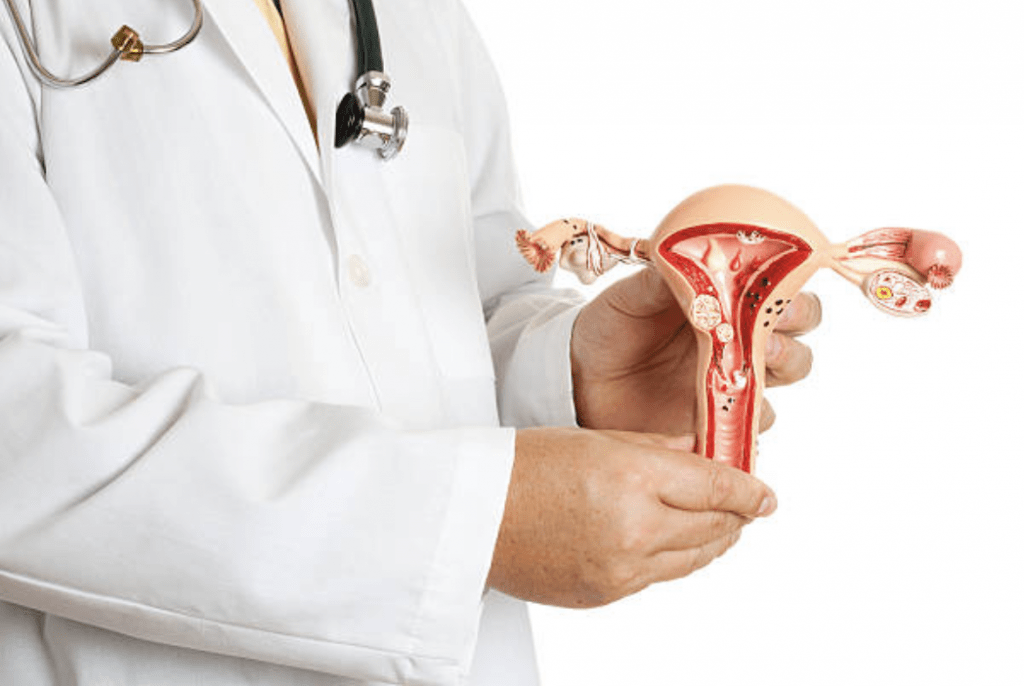Tubal Disease
Tubal and peritoneal factors account for 30-40% of cases of female infertility. Tubal factors include damage to or obstruction of the Fallopian tubes, usually related to previous pelvic inflammatory disease (PID) or pelvic or tubal surgery. Peritoneal factors include pelvic and peri-adnexal adhesions and endometriosis.

The tubal epithelium with its secretions provides a unique nurturing environment that enhances oocyte maturation and sperm function leading to improved fertilization, and is the site of early embryo development.
Tubal patency testing alone cannot reflect the full functional roles of the fallopian tubes. It was observed in both animal and human studies that the fertility diminishes in a linear fashion with the shortening or mucosal damage of the ampulla.
Hysterosalpingogram (HSG) allows the visualisation of the uterine cavity and tubes by x-ray using iodine-based contrast medium, which coats and outlines the tubal mucosa, providing superior details than can be achieved by Hycosy (ultrasound detects movement only). Direct inspection through salpingoscopy
during laparoscopy may reveal mucosal adhesions and flattening in up to 40% of infertility patients with normal laparoscopy or HSG. Pregnancy outcome (after a 2-year follow-up) correlated with the status of the mucosa.
Approximately 50% of patients with documented tubal damage have no identifiable risk factor for tubal disease, and a considerable proportion of patients with endometriosis also present with no symptoms apart from reduced fertility.
Laparoscopy with salpingoscopy should ideally be the preferred investigation over HSG, with additional advantages of permitting treatment at the same time.
Peritubal adhesiolysis and distal tubal disease
An earlier study by Canadian group showed that the cumulative pregnancy rate in the group that underwent salpingo-ovariolysis was three times higher than in the non-treated group (32% versus 11% at 12 months and 45% versus 16% at 24 months).
The inflammatory process in tubal disease may be limited to the serosal surface of the fallopian tube or may cause extensive
destruction of mucosal folds and the microscopic cilia that line the ampullary portion.
Results for distal tubal surgery vary widely, depending mucosal state and the degree of tubal distortion (size of hydrosalpinx for example), with pregnancy up to 80% in milder cases to low of 3-20% in the more severe.
Proximal tubal disease
Up to 25% of female infertility is attributed to tubal occlusion of which proximal tubal problems account for one third. Mid-tubal obstruction is often a result of a previous sterilization procedure or management of an EP.
Other tubal occlusions are attributed to intratubal adhesions and plugs, pelvic inflammatory disease, salpingitis isthmica
nodose, polyps or endometriosis.
Non-structural occlusion can often be dislodged by simple measures, by tubal flushing (more effectively achieved through endoscopy surgery under anaesthetics, tubal cannulation trough hysteroscopy can be performed at the same if necessary.
Hydrosalpinx
Numerous retrospective studies in the 1990s suggested that the presence of extensive tubal disease, especially hydrosalpinx, might have a deleterious effect on the outcome of IVF. These reports were summarised in two meta-analyses which showed that pregnancy rates are reduced by half and the rates of spontaneous miscarriage are more than doubled in presence of hydrosalpinx.
Endometrium in women with a hydrosalpinx expressed significantly lower levels of integrins than women without hydrosalpinx, with normal expression restored after the removal of hydrosalpinx. Cochrane review showed that correction of hydrosalpinges prior to IVF increased pregnancy (OR 1.75, 95%CI 1.07, 2.86) and live birth (OR 2.13, 95%CI 1.24, 3.65) rates.
In the subset of women with hydrosalpinges visible on
ultrasound and those affected bilaterally, treatment increased the delivery rates by more than 2 fold and 3.5 fold respectively in one study.
Despite these findings, there are concerns about the potentially negative impact of salpingectomy on ovarian function, and making IVF the only fertility option for these women, i.e. rending them sterile when multiple cycles of IVF to secure a pregnancy not achievable (especially for those with expected low success rates – hence proper fertility assessment critical).
With endoscopic suturing most of such hydrosalpinx can be opened with everted fimbriae sutured to avoid hydrosalpinx reformation, not only avoiding negative impacts of hydrosalpinx fluid on fertility and fertility treatment, but also permit chances of natural conception for these patients particularly if IVF do not work out for them.
Have a Question or Enquiry?
If you have a question on enquiry related to fertility medicine or a related treatment, please get in touch and one of our friendly team will get back to you.
